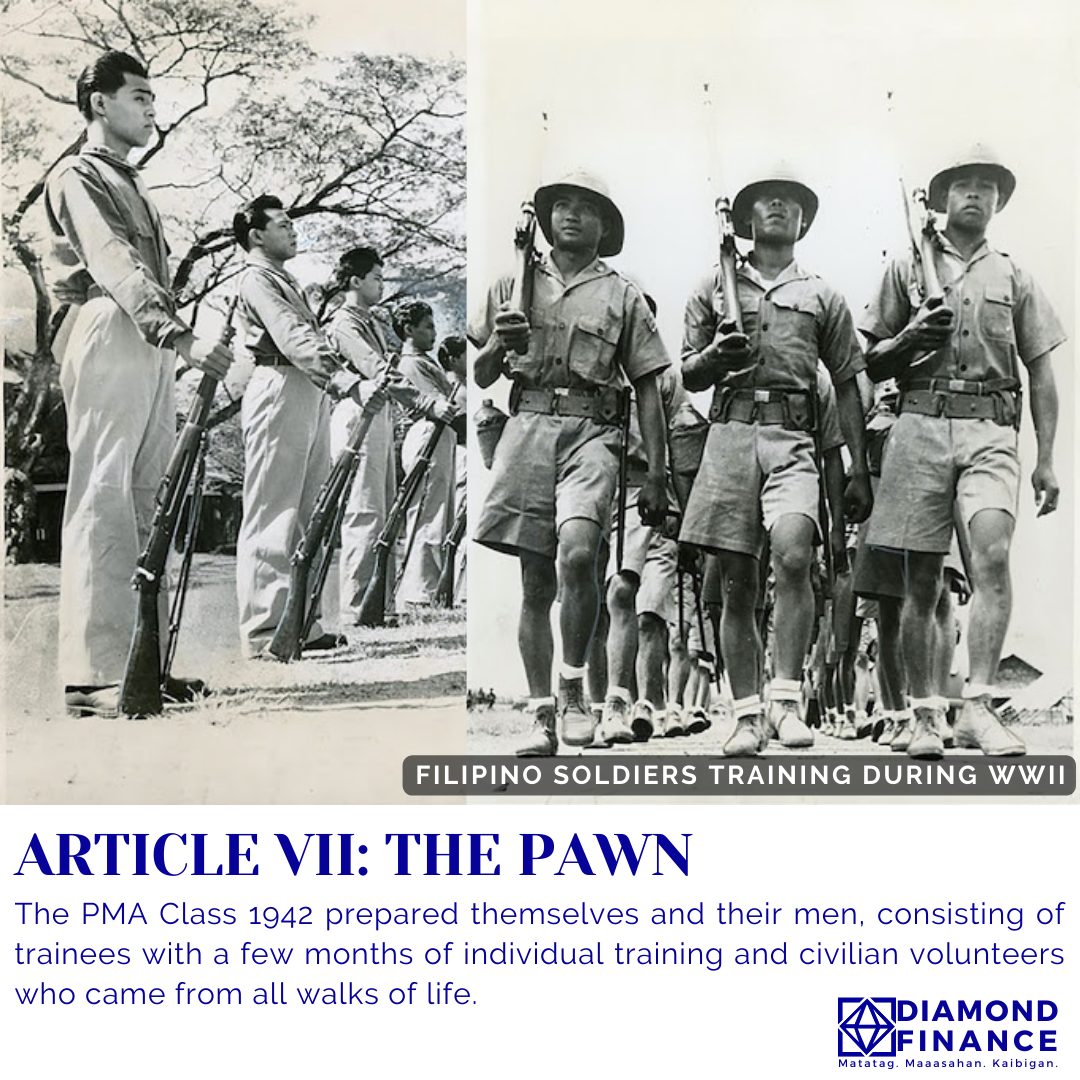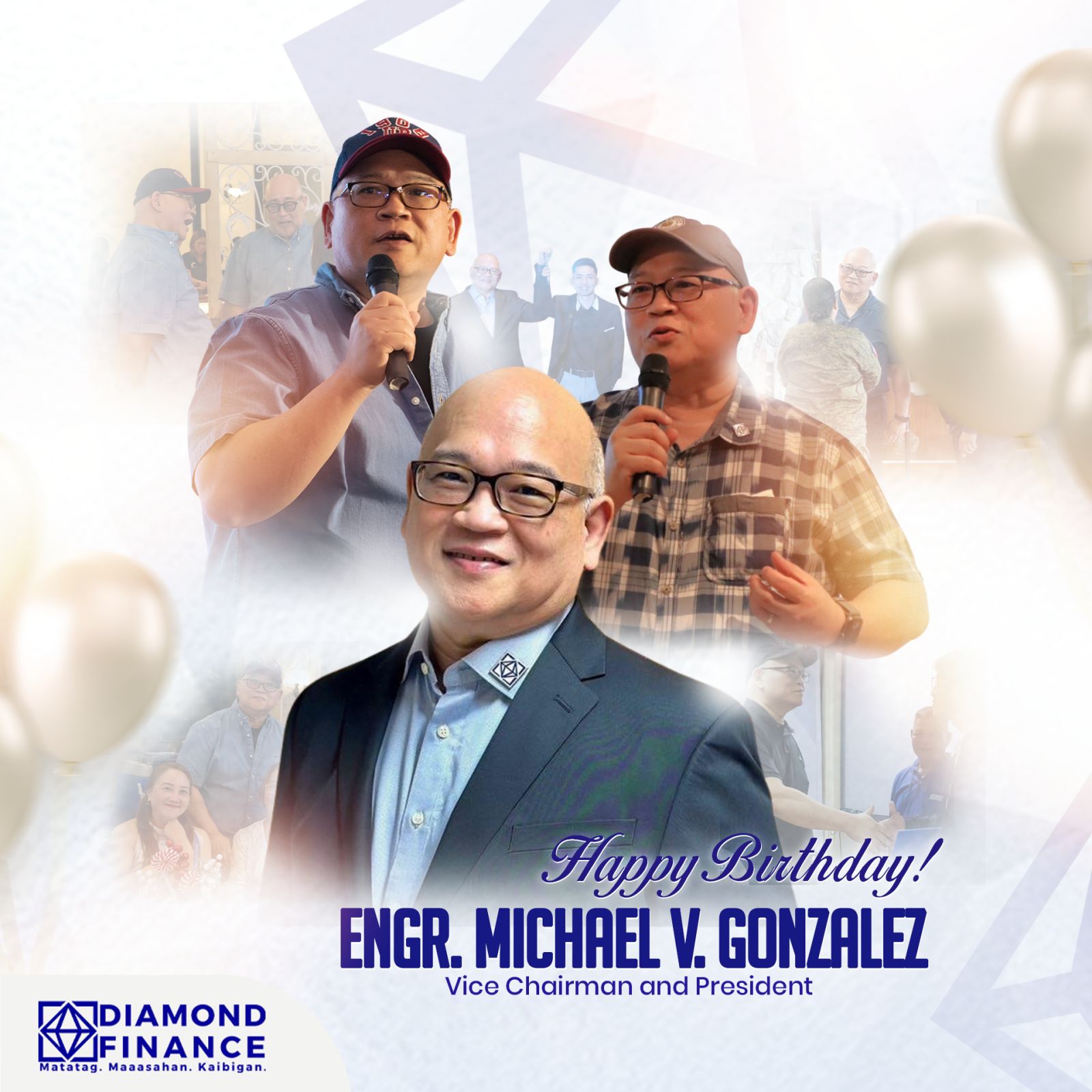December 26, 1941—a few days after their graduation—the Commander-in-Chief of the United States Army Forces – Far East (USAFFE), General Douglas MacArthur, declared Manila as an open city to spare the city from further destruction. This came about as the Japanese invaders initiated bombing attacks in various parts of the country that soon developed into a nightmare, not only for Class 1942, but also for their fellow Filipino citizens.
It was a long dreary night of January 3rd, when the Japanese soldiers appeared in the empty and bleak streets of Manila led by Lieutenant General Masaharu Homma. They were met by Filipino officials, headed by Manila Mayor Jorge Vargas, who were given instructions by President Manuel L. Quezon to dialogue with the Japanese invaders and protect the interest of the Filipino people. Soon after the invaders took control of Manila, the Japanese Military Administration was established to run the civilian affairs with its Filipino counterpart called the Philippine Executive Commission. Each department was given a Japanese adviser, whose role was not to give insights, but in reality, to spy for the JMA. Filipino officials unwillingly became stooges of the Japanese.
As newly commissioned officers, the PMA Class 1942 and 1943 prepared themselves and their men, consisting of trainees with a few months of individual training and civilian volunteers who came from all walks of life. These volunteers were “kanto boys”, sons of wealthy merchants, students, etc., having had little or no experience in handling weapons. They were undisciplined and unready so much so that some of these volunteers were killed right in the so-called “volunteer pila” even before reaching the desk of the Army Sergeants performing the recruitment. Despite this, these civilians bore the courage and strong hearts who were ready to fight for their country and fellowmen.
- © 2022 Diamond Finance




